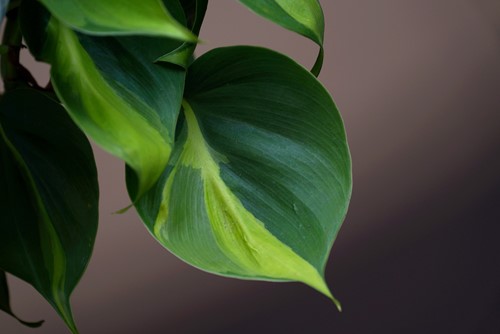How to Grow a Philodendron in Water
by Burns & Egan Realty Group, LLC 09/11/2023

Growing plants in water is a fun and convenient way of bringing nature indoors. Many popular houseplants and herbs can sprout and live in water with the right nutrients. Heartleaf philodendrons are especially successful growing this way. Here is a basic guide for growing a philodendron in water:
What You'll Need
- A clear vessel - Commonly used items for growing a plant in water include glass jars, miniature vases or recycled glass bottles. You can use colored glass if you wish, but doing so will make it more difficult to monitor root growth.
- Clippers, scissors or knife - Find a sharp, sanitized tool for making a cutting.
- Your philodendron of choice - Heartleaf, lemon-lime and Brasil varieties are some of the best choices for this project.
Step by Step
- First, make one or more cuttings. To do so, start at the end of the vine and count back at least two leaves and identify the nearest node. The node will be a small bump or nodule on the vine and might even have tiny aerial roots sticking out.
- Once you've found the node, carefully cut the vine approximately two inches below it. You should have a cutting with at least two leaves and one node.
- Continue this pattern until you've divided the entire vine. Feel free to compost or throw away any remaining leaves or stem pieces without nodes, as they will not grow in water.
- Fill the vessel with non-chlorinated water.
- Place the cuttings in the water as you would display flowers in a vase. Make sure to position the cuttings so that the nodes are submerged completely but the leaves are exposed.
- Put the cuttings in a place where they'll get plenty of bright, indirect light.
- Wait and watch your philodendron cuttings grow new roots from the nodes. This process can take weeks before showing any obvious growth.
Now you'll have a collection of brand-new baby philodendrons. You can transfer them to soil once the roots are at least an inch long or simply keep them in the water. As long as they get enough light and an occasional dose of diluted fertilizer, your philodendron will produce more vines and leaves just as it would when planted.
